According to industry data, corrugated boxes are used for 95 percent of all packaged goods, with boxes (aka shipping boxes) accounting for the vast majority. This article will use the term “corrugated” to refer to a case in the KD (knockdown) position, as opposed to an upright case.
Corrugated is an engineered material primarily specified by paper grade, flute, style, manufacturer’s splices and adhesives. However, engineering cannot solve all the problems that corrugated paper may encounter. Some easily overlooked culprits are storage and handling practices.
1. Weather or not
Due to the hygroscopic nature of corrugated paper, the relative humidity in storage areas should be maintained within suitable tolerances. That doesn’t mean companies need to go the energy-intensive route with environmental control equipment.
A simple and effective solution is to choose an area within the facility that is least susceptible to high humidity conditions; for example, rather than choosing areas close to loading docks, as they often raise doors and get in moisture, better areas are more Dive into areas inside the facility. A better approach is to choose a location close to where the corrugated sheets are set and filled.
Humidity varies by region and season, a fact everyone intuitively grasps. Aside from these variables, if high humidity is harmful, then water is devastating; therefore, under no circumstances should corrugate be stored outside, regardless of top protection.
What are the specific problems caused by moisture? Some are due to dimensional changes: the corrugation absorbs moisture causing it to swell, warp or twist to any degree. All of this causes problems as the corrugated sheets are erected into boxes, whether the operation is manual or automatic. Manual operations slow down and automatic case packers get stuck.
Another set of issues has to do with unitization. Whether the unit load is columnar or interlocked, all that is required is that the boxes stack in an aligned fashion, which is less likely to be the case with square boxes. These unit loads can be unstable and therefore dangerous as they can collapse on their own and are more likely to collapse under superimposed loads.
High humidity conditions can weaken the adhesives that hold the fluted media to the liner, enough, in fact, to delaminate the corrugated paper. Typical binders for corrugated are starch-based, and known for their moisture resistance (there are moisture-resistant formulations, but they are more expensive).
Moisture not only affects the functionality of the corrugated board but also the appearance of the container. Moisture can cause unsightly staining. This is bad in any case, but worse when corrugated is sold as a retail unit, off the shelf, or on pallets.
Too much moisture can create problems, and too little can cause problems. Functionally, corrugated becomes brittle and wrinkled. Aesthetically, the corrugated paper takes on a faded, dried-out appearance, even with a kraft-brown lining. Some areas are dry year-round, but those that aren’t can still experience periods of low humidity, whether cold or hot in summer. Fortunately, combating the harmful effects of low humidity isn’t complicated or expensive. In addition to any of the above methods that can be modified for low humidity, inventory control using FIFO (first in first out) is also effective. This way, the oldest stock can be used instead of staying around and becoming more compromised.
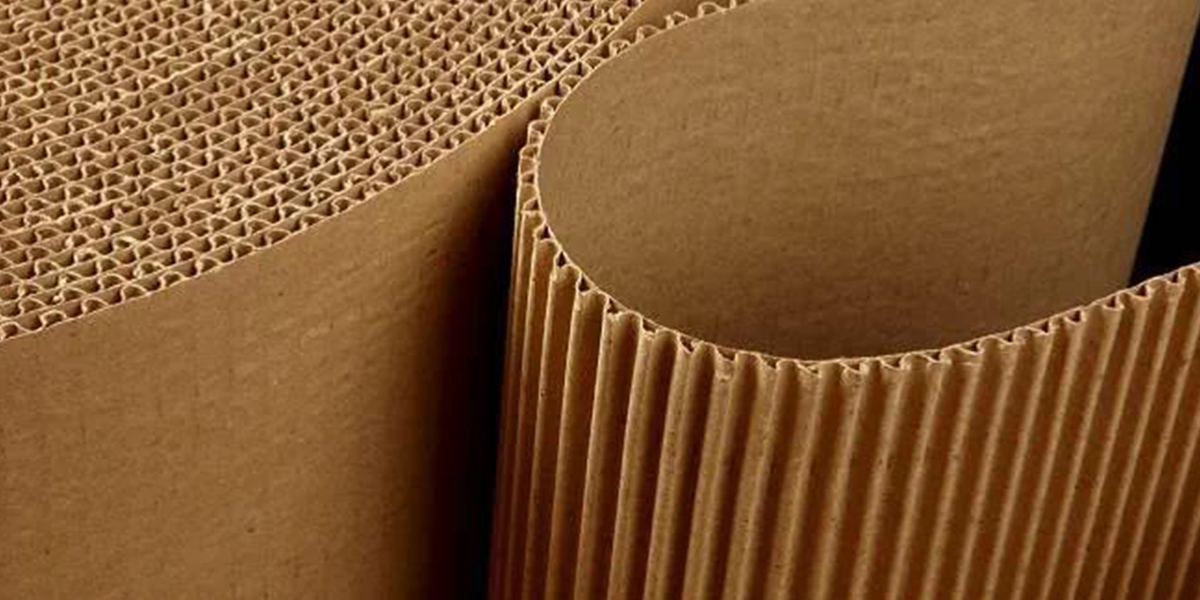
2. Good things are waiting for you
Direct contact with the floor can cause contamination and damage to corrugated. Ideally, corrugated should be stored on pallets, avoiding direct contact with the floor, and reserved for mechanical handling (Note: Forklifts, if not handled carefully, can damage the corrugated). Pallets should be of quality construction; otherwise, debris, protruding nails, and other imperfections may cause damage.
Despite the arguable benefits of using mechanical methods to get corrugated in and out of warehouses, corrugated sometimes need to be handled manually, for example, by workers carrying a bundle (perhaps held together with plastic straps). This employee should be trained not to throw, drag or drop packages.
The corrugated sheet should remain flat throughout storage until it is erected into the box and should never be stored edge-to-edge. A property of corrugated paper is resistant to crushing; even then, stacking weights should not exceed this property. Unit loads are stacked to save space; however, some type of flat cover should be placed on top of the unit load to evenly distribute the stacked weight.
By the way, the superimposed weight should be like-on-like, which means that the unit load of corrugated paper should not be superimposed on weight other than corrugated paper. If the facility is already equipped with storage racks, direct contact with the floor and superimposed weight can be avoided. If an investment in storage racks must be made, a favorable trade-off is the ability to increase the specified height per unit load, thereby increasing storage density and thus processing efficiency.
3. Recycled content is an X factor
Sustainability has increased the popularity of corrugated paper containing recycled content. Regardless of the percentage of recycled content, the resulting corrugated sheets are not as strong as their counterparts composed of virgin materials. As such, although the guidelines presented in this article apply to virgin corrugated, they are more applicable to recycled corrugated. To recap: what can damage virgin corrugated can more easily damage recycled content corrugated.
Going back to the 95% statistic at the beginning of this article, its split between corrugated versions may vary; however, corrugated as an overall category will retain its dominance. “Keep away from hazardous conditions” and “Handle with care” are the guidelines when establishing practices designed to ensure that corrugated paper is fit for its intended purpose.

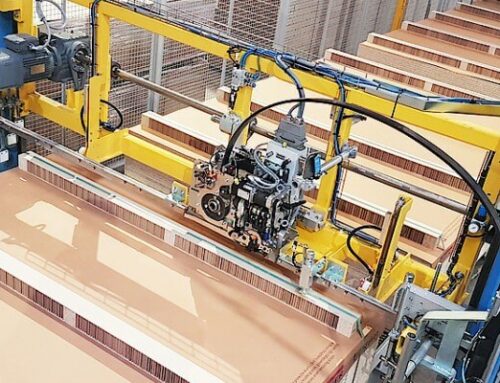
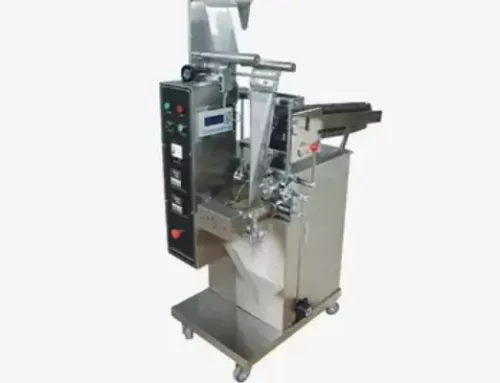
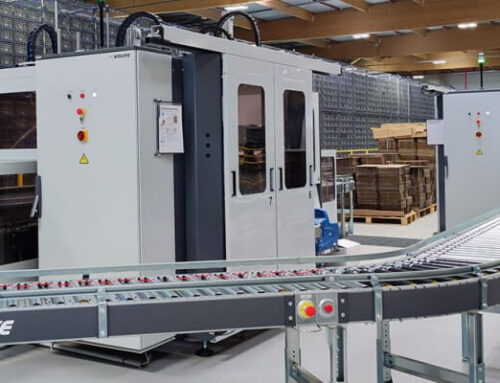
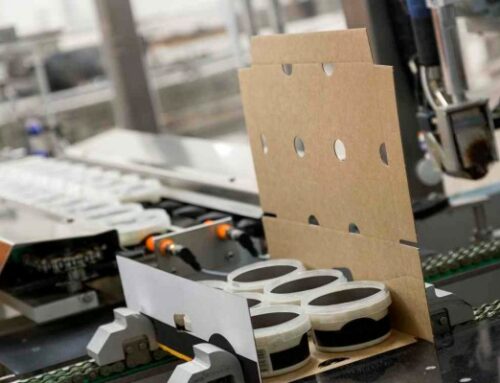
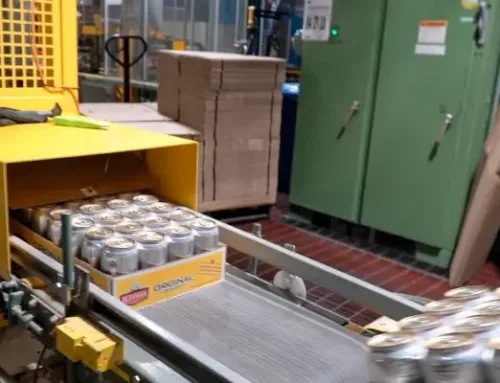
Leave A Comment